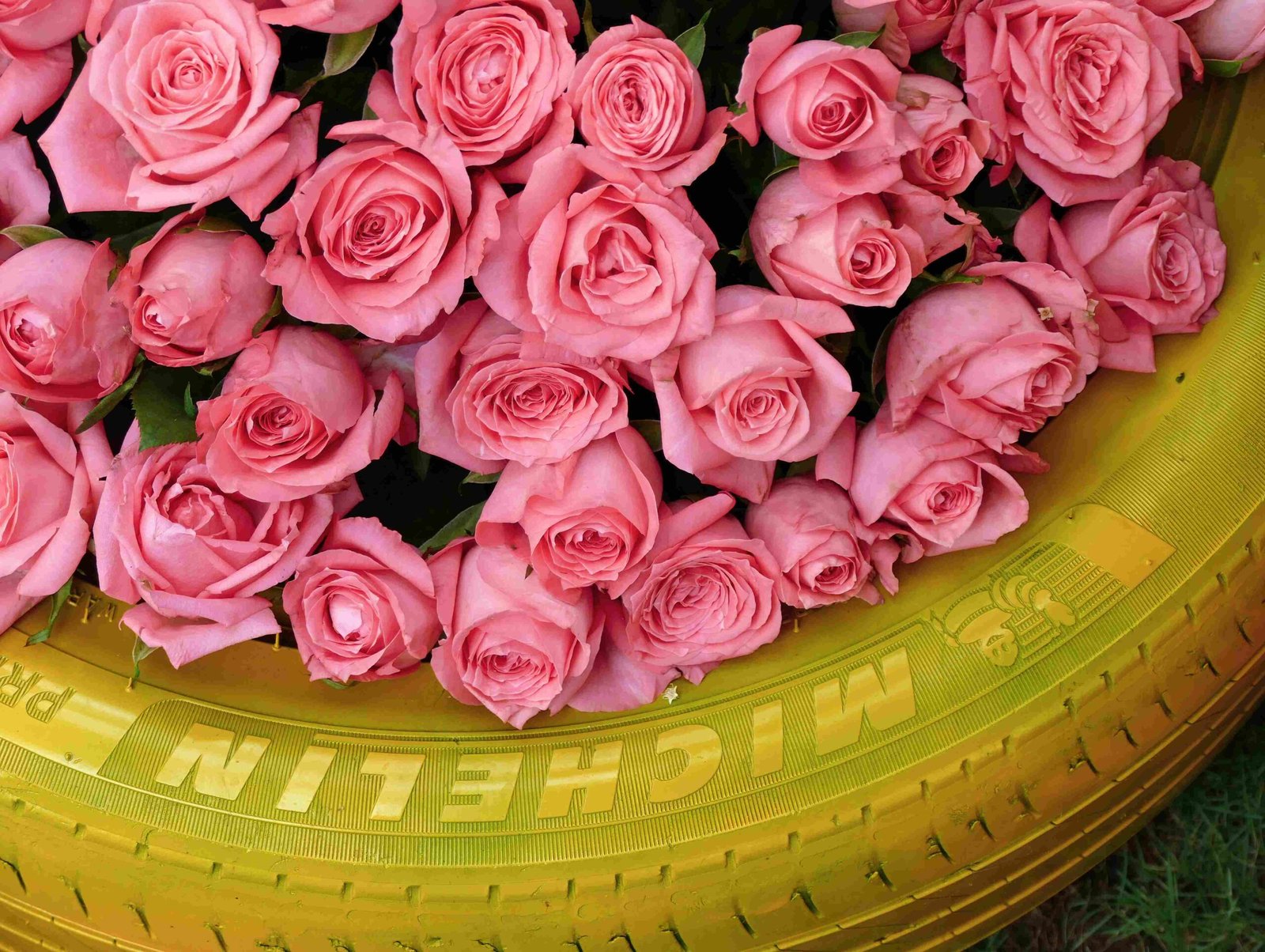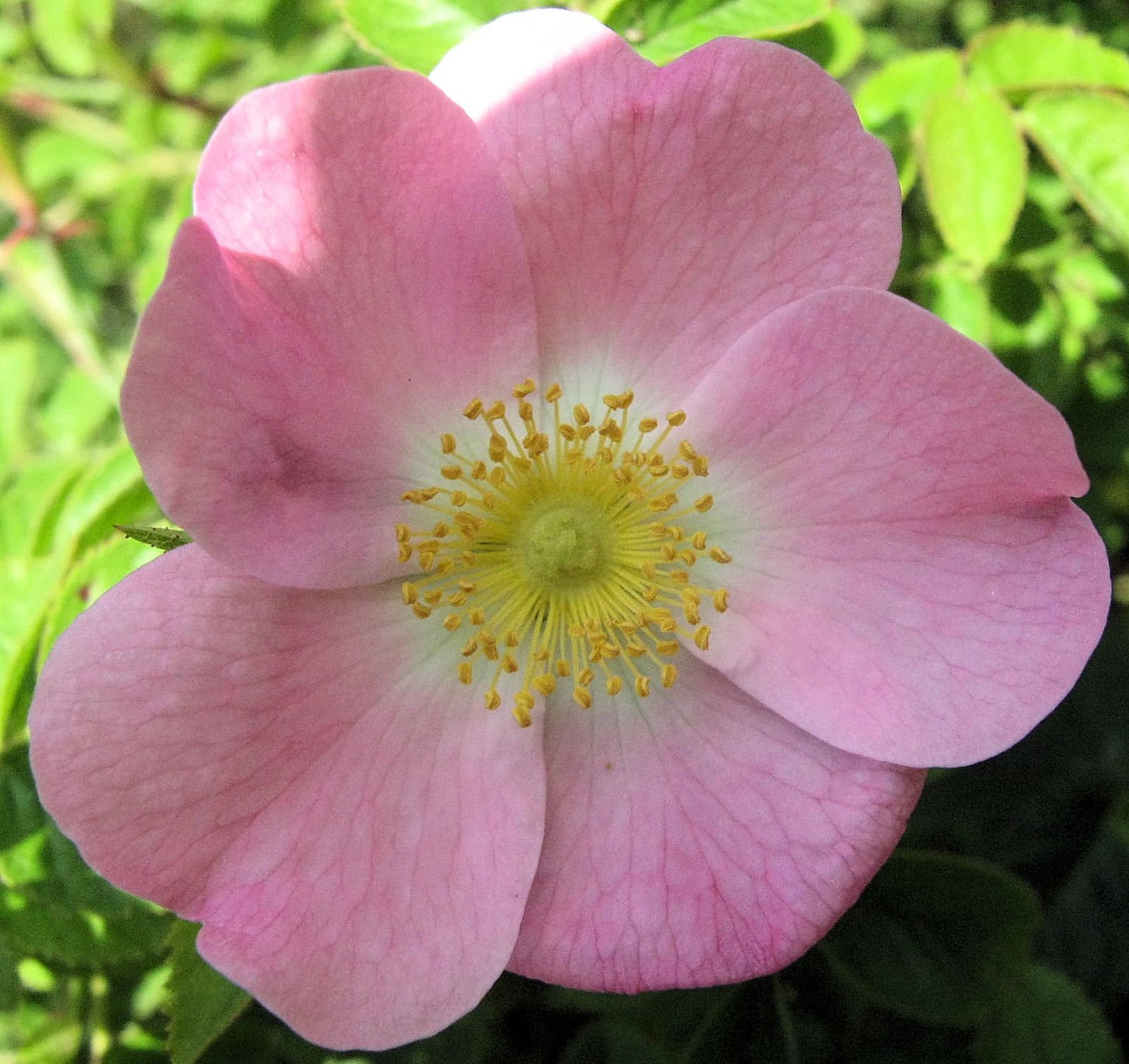When to Cut Back Roses with Black Spot?

The optimal time to cut back roses affected by black spot is during the late winter or early spring, just before new growth begins. This period is crucial because it allows you to remove infected canes and leaves before the new foliage emerges, reducing the risk of reinfection[3][5].
How to Cut Back Roses with Black Spot?

 , licensed under CC BY-SA 2.0
, licensed under CC BY-SA 2.0When cutting back roses with black spot, follow these steps:
– Remove all infected leaves and canes. Cut back the stems to about 6-8 inches below the infection site to ensure you are removing all the diseased tissue[5].
– Prune the plant to improve air circulation and reduce density. This involves cutting out any crossing canes and opening up the center of the plant to allow better air flow[3][5].
– Use clean and disinfected pruning tools to prevent the spread of the disease. Disinfect your pruners with a 10 percent bleach solution or alcohol between cuts[5].
What are the Impacts of Cutting Back Roses with Black Spot?
Immediate Effects
Cutting back roses with black spot can initially stress the plant, especially if a significant amount of foliage is removed. However, this is a necessary step to prevent further spread of the disease and to promote healthy growth[2][5].
Recovery and Future Blooming
By removing infected parts, you allow the plant to focus its energy on producing new, healthy growth. This can lead to a stronger and more vigorous plant, which is better equipped to resist future infections. The plant should recover and produce new leaves and flowers, although the initial blooming may be delayed due to the pruning[2][3].
How to Care for Roses After Cutting Back?
Watering
Water your roses at the base of the plants, avoiding the leaves to prevent creating a damp environment that fosters fungal growth. Water early in the morning so the foliage has time to dry before nightfall[3][4].
Fertilization
Feed your roses regularly to maintain their health and vigor. A balanced fertilizer applied in early spring (March or April) and again after the first flush of flowers (early July) can help the plant recover and resist disease[4].
Treatments
After pruning, consider using a fungicide or organic treatments to prevent the spread of black spot. Options include neem oil, sulfur, and copper-based products. Apply these treatments early in the growing season and respray every week or two, especially after heavy rain[3][5].
How to Prevent Black Spot on Roses?
Soil Management
Remove all fallen leaves and plant debris from the rose garden to prevent black spot spores from overwintering. Mulch around the base of the plants in late winter or early spring to prevent rain from splashing soil-borne spores onto new growth[1][3][4].
Spacing
Ensure good air circulation around your roses by spacing them properly and pruning them regularly to avoid dense growth. This helps in reducing the humidity around the plants, which is essential for preventing the germination of fungal spores[3][5].
Fungicides and Organic Treatments
Use preventive fungicides or organic treatments such as liquid kelp to make the leaf cuticle tougher and less susceptible to infection. Regularly spray the plants with fungicides, starting in early spring and after heavy rains, to prevent the recurrence of black spot[3][5].
Reference:
[1] BBC Gardeners World Magazine: [How to Deal with Rose Black Spot][1]
[2] Garden Design: [How to Treat & Prevent Black Spot on Roses][3]
[3] The Spruce: [How to Treat and Prevent Black Spot on Roses][5]
[4] The Old Farmer’s Almanac: [Rose Care: How to Grow Healthy Roses][4]
[5] Missouri Botanical Garden: [Rose Black Spot][2]
